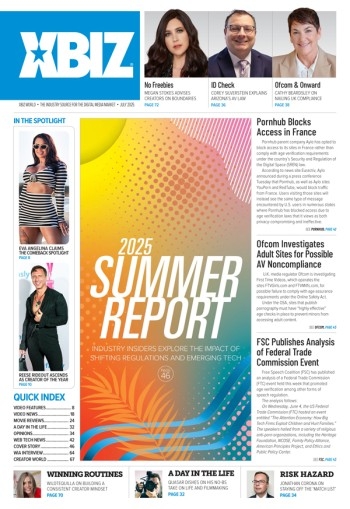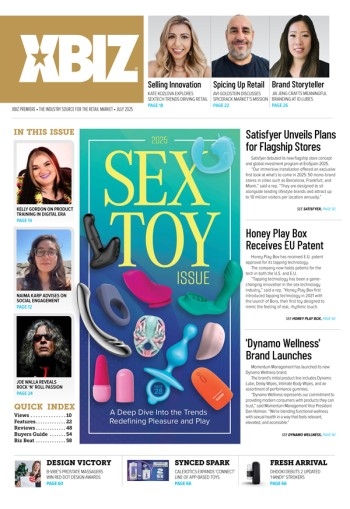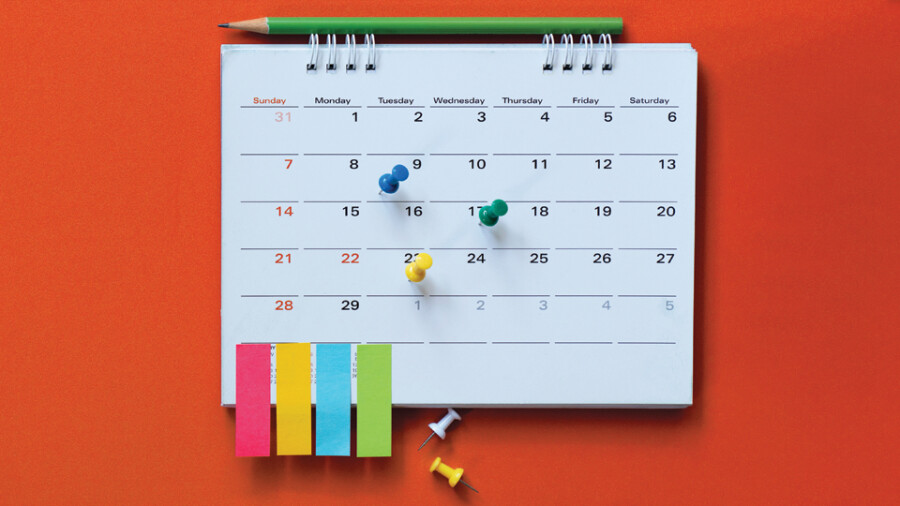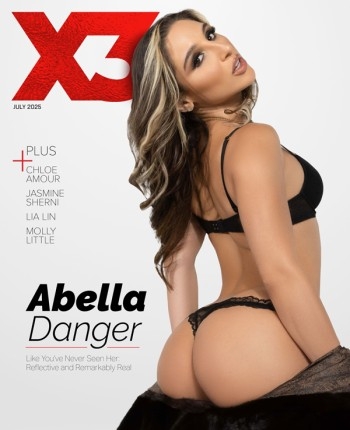Organization is a crucial skill for anyone who wants to be successful — especially when you’re self-employed. As a content creator, being your own boss means it’s all up to you. But that can start to feel overwhelming as you create more content, post on more platforms and gain more followers. As your to-do list gets longer and things get hectic, it’s important to have a strategy for controlling the chaos. You already know that you need to plan your content creation days, but it’s just as helpful to plan out your content posting days.
MAKE A PLAN
Ideally, your content creation and posting schedules go hand in hand. Think of them as a production and release schedule. You kind of have to work backward, and narrow it down. What day do you want to release a particular piece of content? How long will it take you to edit? How much time do you need to set up the shoot? All of these steps take time, and it’s important to know how much time is needed for each. Here’s a sample of how this might work:
You want to post a new Halloween solo on October 31? Fine. You’ll need five days to edit the full scene, after spending at least one day shooting the content itself. Before that, you’ll need five days to gather all your props and costumes and assemble a shot list. That’s 11 days you need to account for. I am a “just in case” type of girl, so I recommend adding in an extra two days to cover any issues that might come up, like a computer crashing or a power outage during a record heat wave. That brings the total number of days needed to lucky 13, which means you need to start working on your Halloween scene by October 17.
How often do you want to post brand-new content each month? You’ll need to plan that out, and be realistic. If you can’t post a new scene every week, don’t! However, if you’re following my advice from previous articles, and shooting more than one scene at a time — including BTS content, photo sets and social media content — then you should be able to post at least two new pieces of content each month, as well as various photos and extras.
WHAT’S THE IDEAL FREQUENCY?
Now your content is ready to go. You have new scenes and selfies to share, and it’s time to post. But which platform do you post on first, and what are the best times to post? Figuring this out is going to take some research, especially if you’re just starting out.
If this nerdy part of the process isn’t your thing, I completely understand. But I happen to love it! Collecting data points will help you get the best bang for your buck. You worked hard on this content, so why would you want to post it at 11 a.m. on a Tuesday, while most people are at work? Each platform has its own high-performance day, and that day may change every few months. It’s up to you to research this and determine your scene rollout. Pay attention to when fans are purchasing your content the most, and make this your prime position. Make a schedule for each platform that you are on.
Each day of the week you want to post something, the post type should vary. Much like you need a schedule for shooting, you need a schedule for your posts — and remember, consistency is key! Don’t commit to posting a new video every other day if you’re not able to keep up with that. Your fans will notice and that can be detrimental to your account. Some days you’ll want to do a teaser for a new scene, some days post a “good morning” selfie or go live, while on other days you can share a meme or silly GIF of yourself.
As with all social media platforms, frequent posting pushes your account to the top of the feed. So if you notice that 4 p.m. on Thursdays is a high-traffic day, you want to make sure you have something going up at that time. Take advantage of the data! Decide which day of the week will be designated for a new scene, a recycled scene, a photo or a special sale, and stick to that.
EVERYTHING OLD IS NEW AGAIN
Not every post needs to be new content. You have old Halloween scenes you can repost throughout October. Use your older content to fill gaps in your posting schedule. It is a great way to keep your profiles active while you’re working on the new content. Your fan turnover rate works in your favor here; new fans haven’t seen the content yet and older fans may not have been able to spend on it the first time around. You can make it into a bundle, offering the scene and a couple of photos or some BTS content you found in your archives. Use what you’ve already done in as many ways as possible, to keep your profiles actively posting and your fans engaged.
Scheduling is key to success, not to mention avoiding panic. So take some of that hard-earned revenue and head to Target for a planner, because now you’re ready to get this done right.
Megan Stokes is co-founder of NMG Management, a content distribution and management firm. As a veteran of the adult industry, she enjoys sharing the knowledge and data she has collected over time with those who seek her help.







